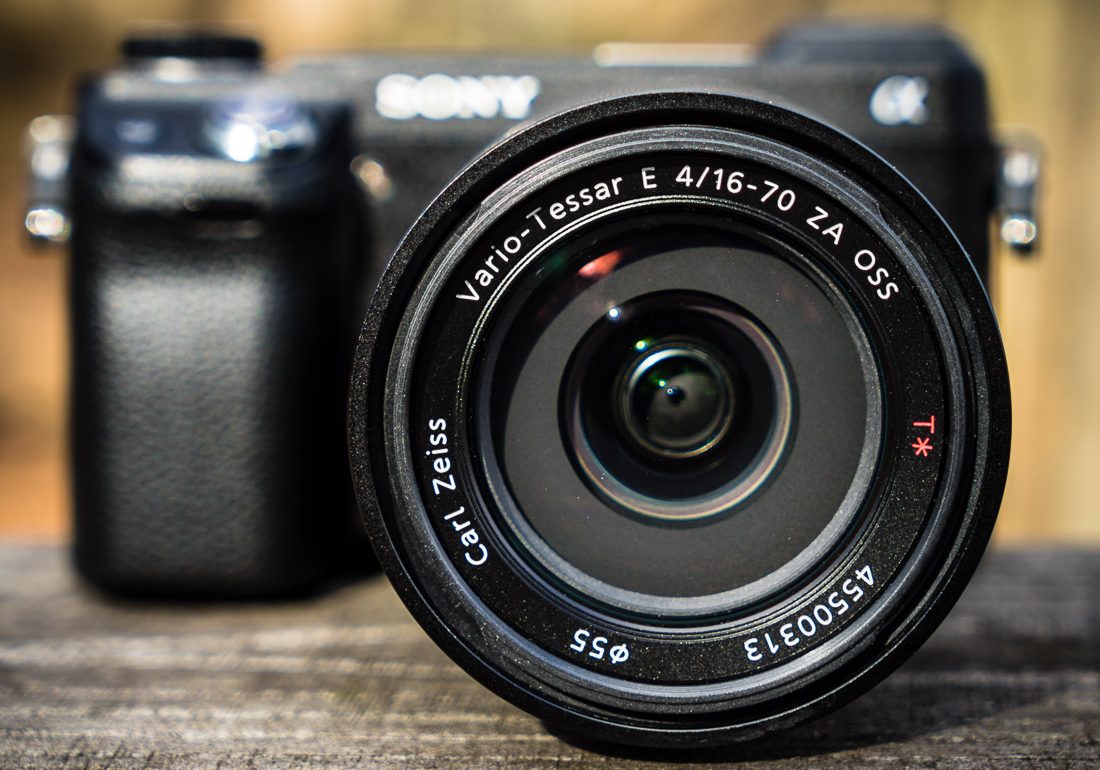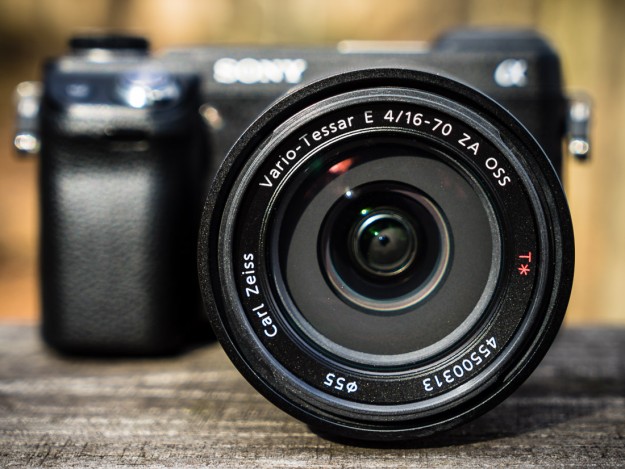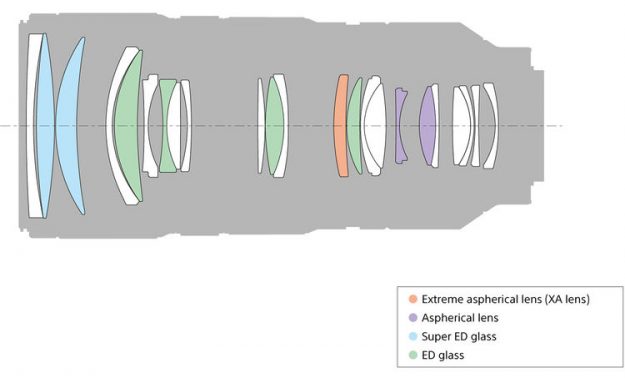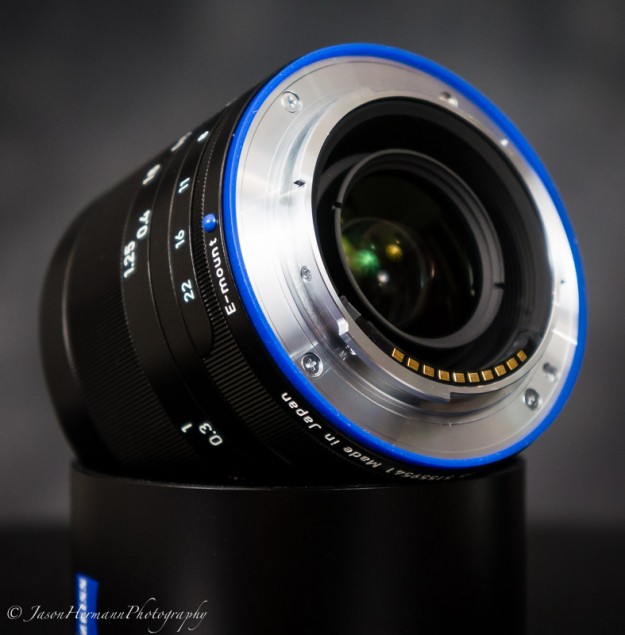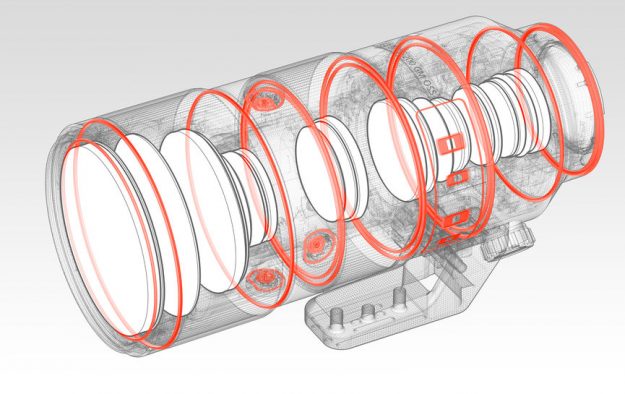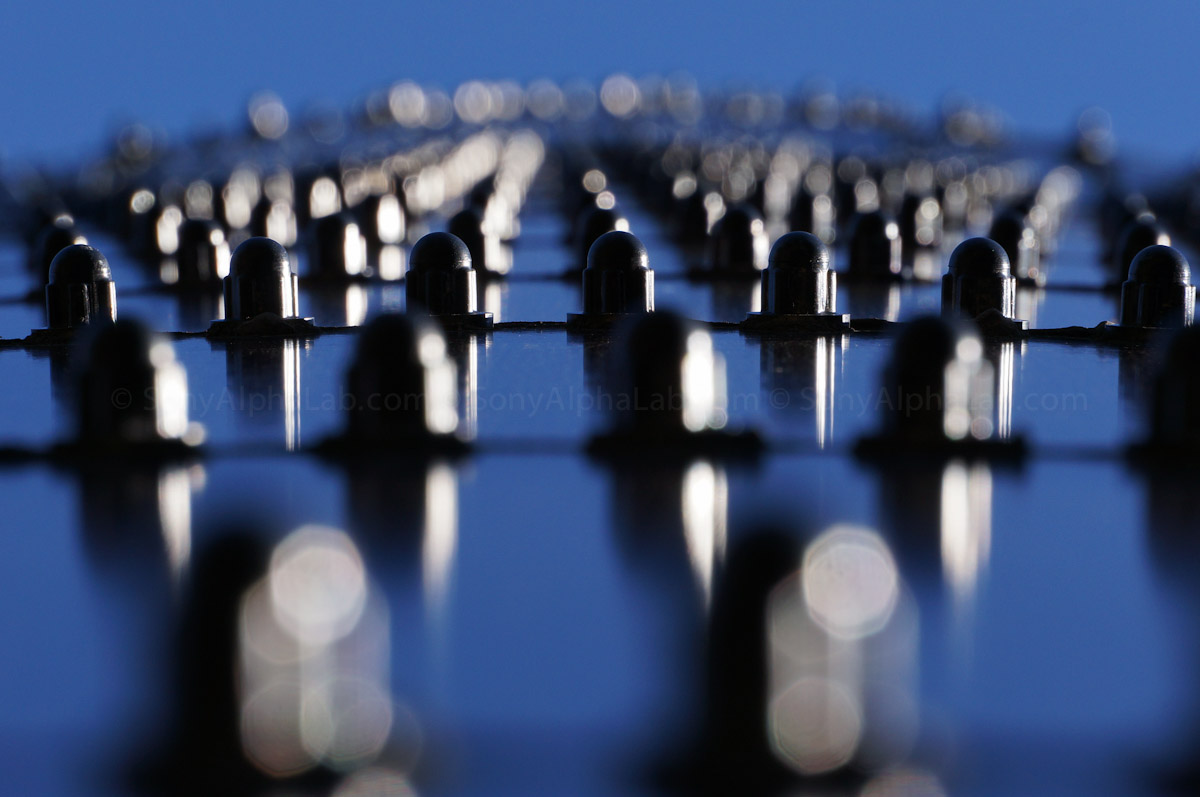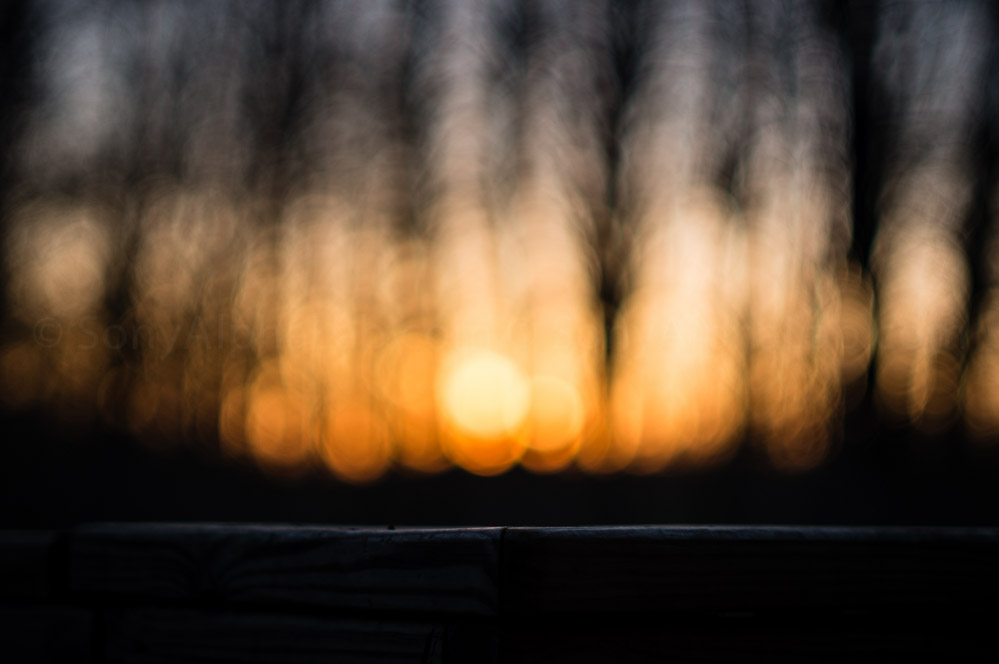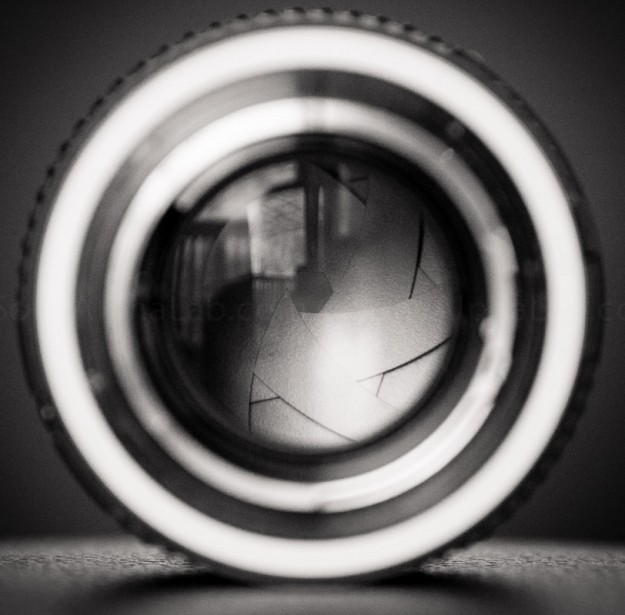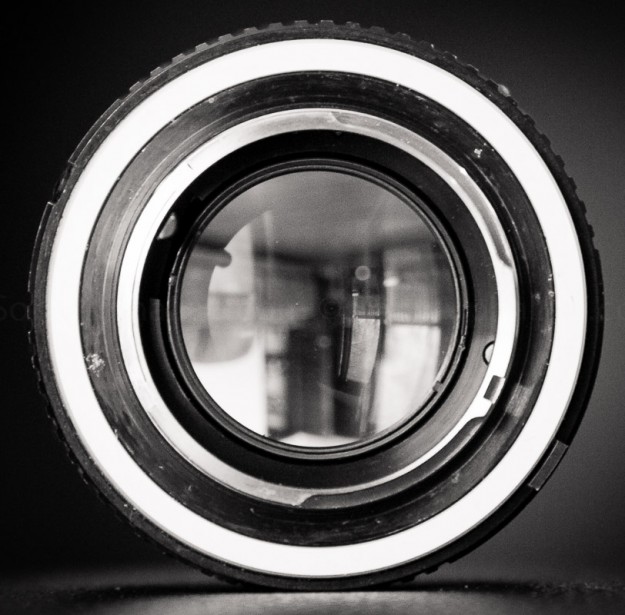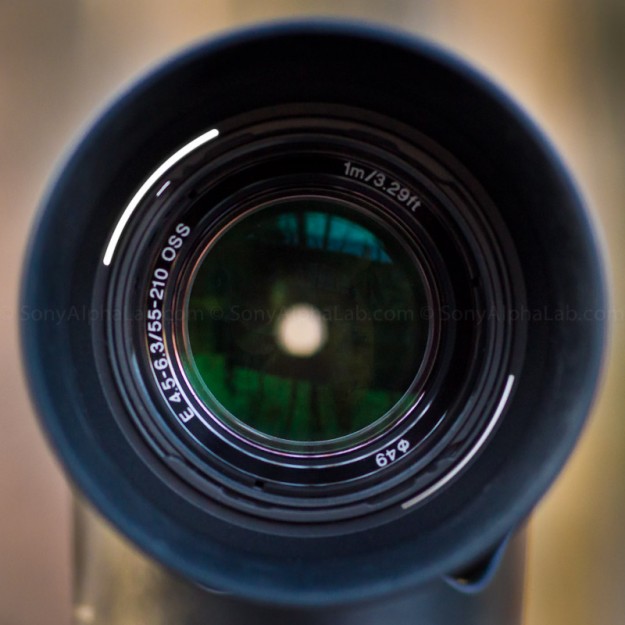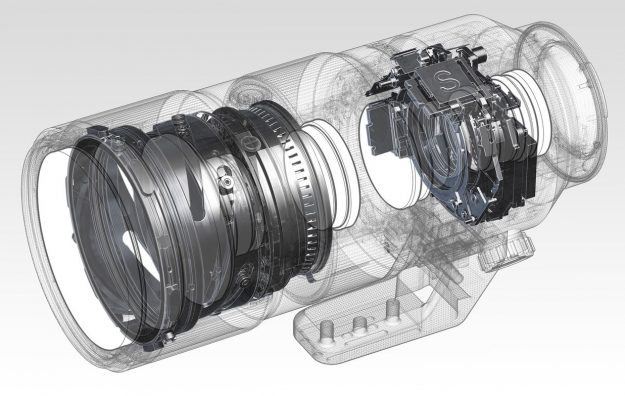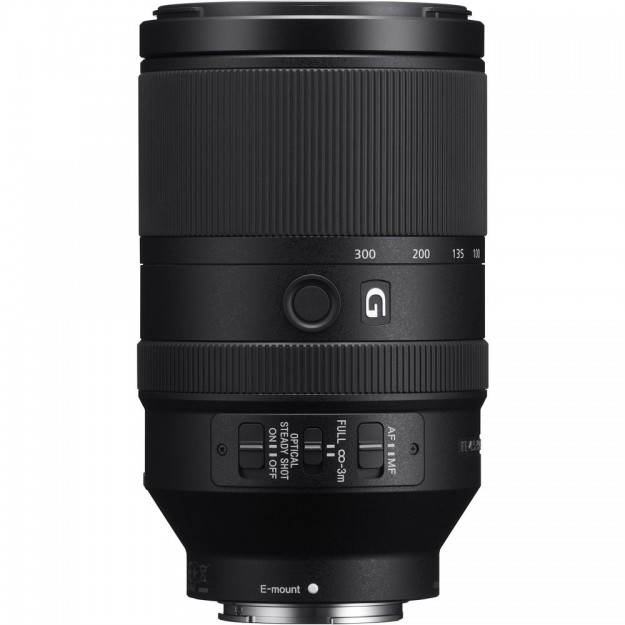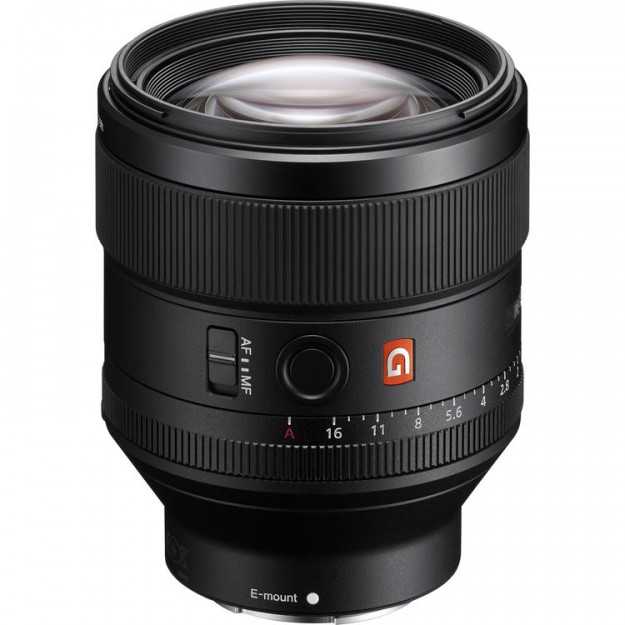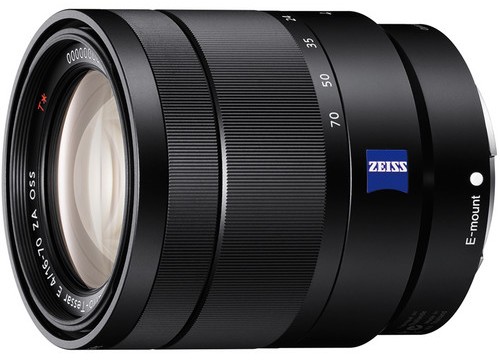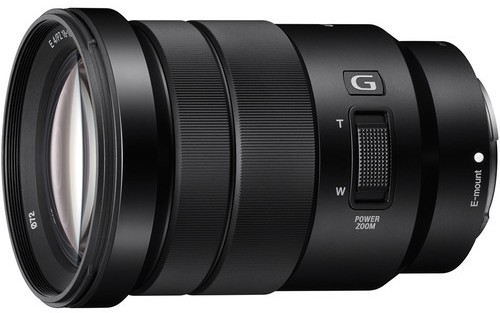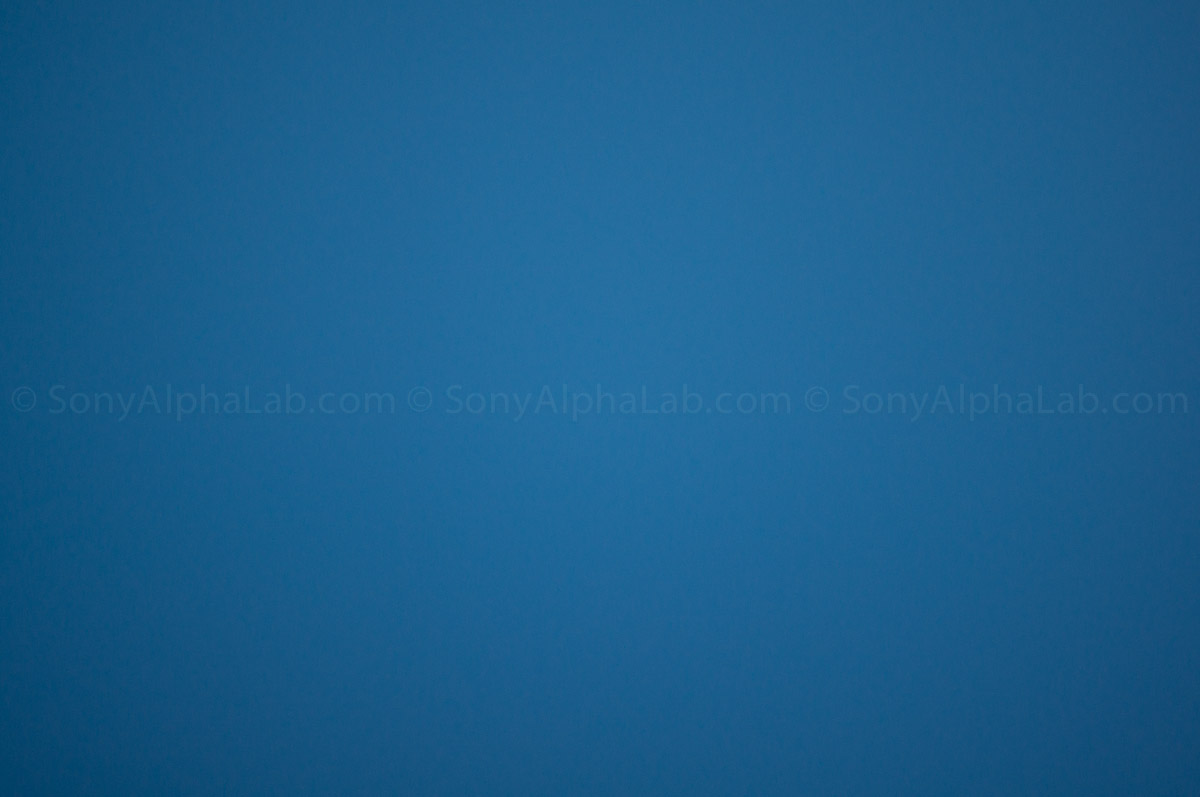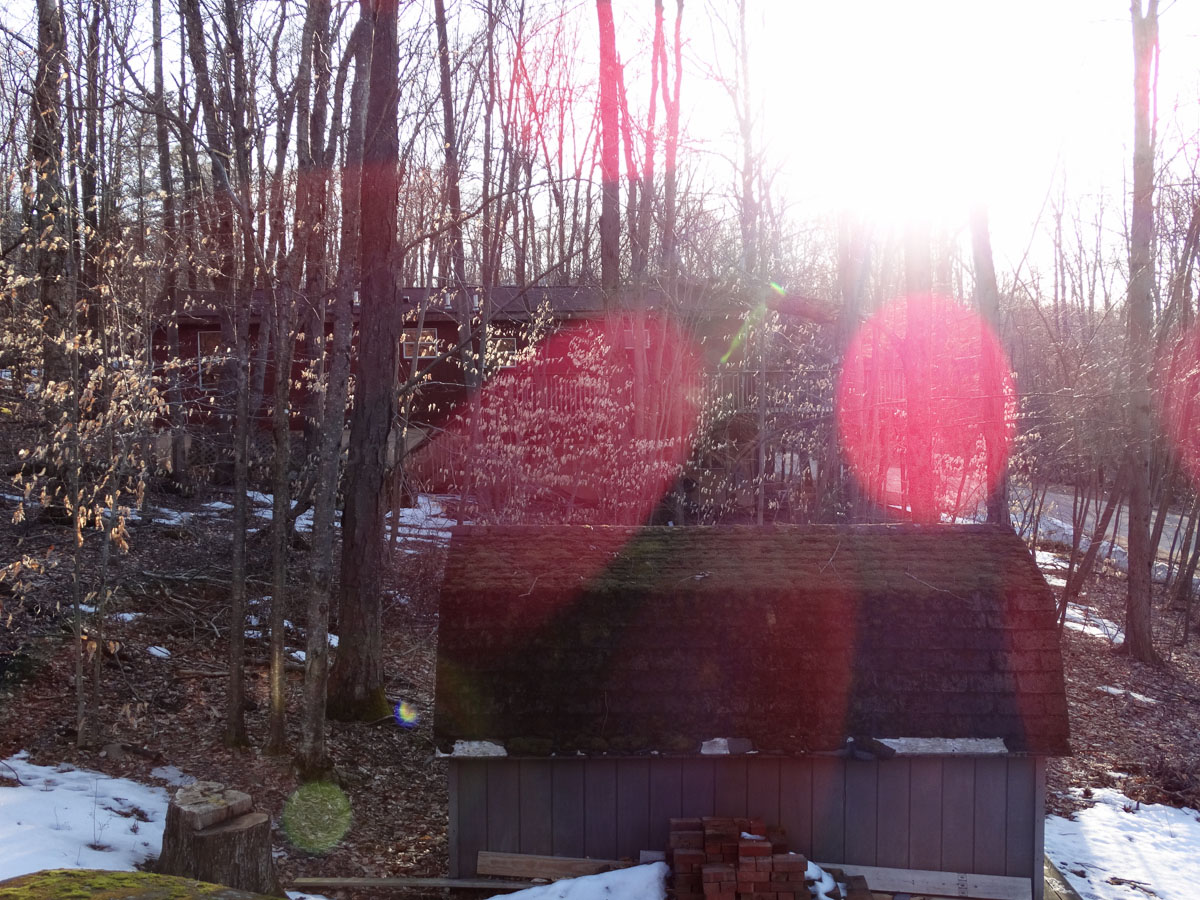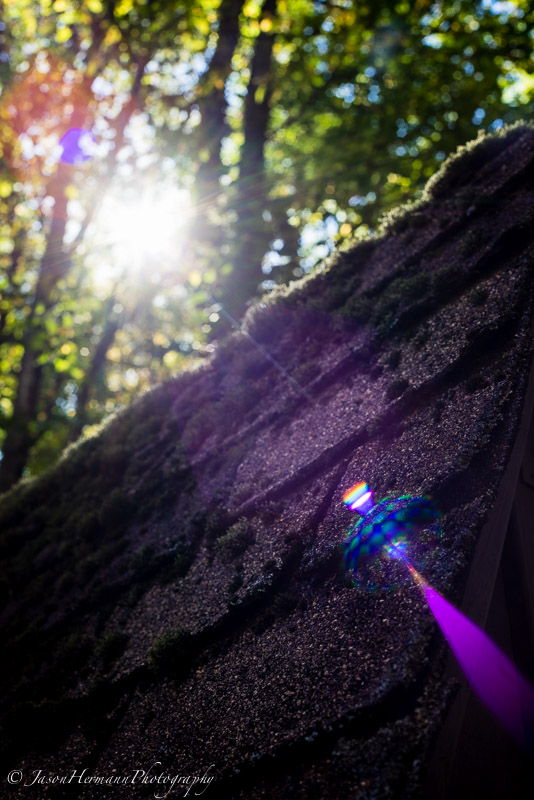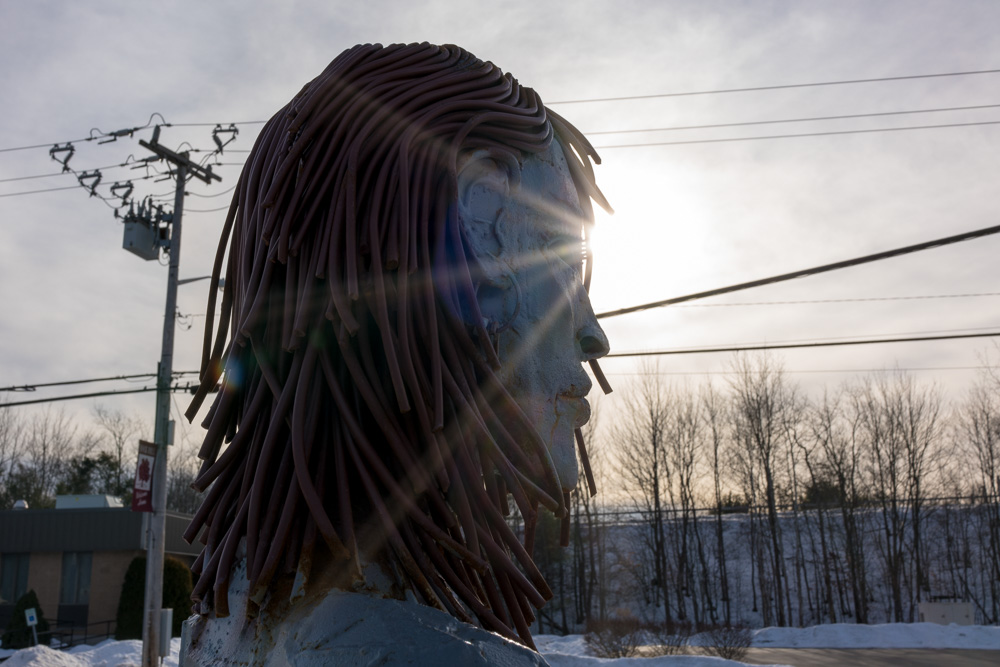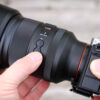Hi guys and welcome back to SonyAlphaLab! In this article I will discuss the best lens options for the Sony APS-C E-mount cameras like the Sony A6600, A6500, A6400, A6100, A6000, A5100, etc…
I decided to write this article to help those lost in the mountain of possible lens options. I know how hard it can be when you’re first learning about optics, because I was once there many years ago. You may wonder why a lens is so expensive, or why a certain focal length is good for certain types of photography and so fourth. This is completely normal and totally understandable. It’s also normal to be nervous about asking questions in fear of coming across like somebody who does not know what they are talking about.
This is also totally understandable, but have no fear asking questions here!! I am here to help and will never make you feel stupid for asking a question. We all want to learn and often at different times in our lives depending on when we get into this incredible game known as photography.
If you are unaware, my perspective is mostly real world photography with video of the kids and of course recording my reviews, processing my photos for the web, prints, etc… I can’t really afford the top quality optics these days with the family and all, so I tend to be more modest with my lens choices and recommend based on that perspective. I’m fully aware of what the best lenses can do, but often they are not needed depending on the application and budget. Often times you can get many lenses as opposed to one top quality optic, and that can prove to be way better for your given circumstance.
Please keep in mind, there are many many awesome options out there, so don’t think your choice is necessary wrong for your needs if they don’t match up with my recommendations. This is just my perspective and thoughts on the matter to help those lost in lens options…
All My E-Mount Lens Guides are this way >>
Lens Quality? How can you tell?
The price of a lens often represents it’s quality, but not always. This is why checking out real world reviews is so critical when it comes to making expensive lens purchases. I can tell you from many years of personal and professional experience, the cost does usually indicate the quality. That does not mean the extra cost will be worth it to you however, but for the professional it often does save time in post processing to correct for lens flaws such as distortion, fringing, and sharpness for example.
Lens Characteristics you should know and understand:
Distortion control – Meaning straight lines and not the ballooning or pin cushion effect found on lower quality optics. Wide angle lenses tend to suffer more from this. Below is an example of what a fisheye lens does, basically extreme distortion for effect…
Lens Coatings – Helps prevent glare, increases contrast, and provides better color renditions. Better lens coatings cost more money – T* is the current lens coating found on Zeiss lenses for example.
Lens Elements – The individual lens optics used to make up the lens assembly are called lens elements. Each lens has many lens elements inside and the better quality elements cost more money to manufacture.
Build Quality – The ruggedness of the lens itself. Some are built like tanks, others are built using a lot of plastic for example.
Weather sealing is also part of the build quality characteristics I would say. Note how the Loxia lens below has the heavy duty rubber gasket sealing the back of the lens when mounted to the camera:
Sharpness – Sharpness of lenses is usually scored from corner to corner. The center will always be the sharpest and as you get closer to the edges, the sharpness will fall off. All lenses suffer from this, but the super high quality lenses maintain sharpness from corner to corner really well usually.
Softness – Refers to a lens being not so sharp, usually in the corners. You will hear “soft in the corners”, or “soft wide-open” for example..
Bokeh – This is referring to the out of focus area, usually in front of or behind your subject. The way the lens renders this out of focus area can be buttery smooth, or it can be busy looking and not so easy on the eyes. This is subjective to a large degree in my opinion and lens speed has a lot to do with the Bokeh
Speed – Refers to the Max aperture of a given lens. F/1.4 for example is an extremely fast lens, where an f/4 lens tends to be considered slower… The faster the lens the more expensive it is in general.
Aperture = Size of the lens diaphragm when set to a given aperture. For example the PZ 18-105mm f/4 OSS G Lens has a max aperture of f/4. It also has a constant f/4 aperture, meaning it does not change when you zoom from 18-105mm. Some lenses do change as you zoom in (variable aperture) like the 55-210mm f/4.5-6.3 OSS Lens for example, which is f/4.5 at 55mm, but as you zoom to 210mm the aperture will Stop Down automatically to f/6.3. Therefore it slows down on the telephoto end…
Check out my Understanding Aperture tutorial for a more detailed explanation >>
OSS – Optical SteadyShot – Built in Lens Stabilization which is an awesome feature! Great for hand holding with slower shutter speeds/ low light environments. Also helps with shaky hands and helps maintain a sharp shot even with lower shutter speeds…
G Badge – Some Sony lenses have the G badge, and this just means a higher standard of build quality and optical quality was used per the manufacture (Sony) These lenses tend to be more expensive!
G-Master Badge – This represents the G-Master series of lenses from Sony and is currently the best possible quality lens optic you can purchase for the E-Mount camera system. Looks just like the G badge, except it’s all red and fancy looking…
Zeiss Badge – Similar to the G and GM badge from Sony, except the company Zeiss has approved the design and granted the badge permissions
PZ = Powerzoom Feature – This is an awesome feature that some lenses include which is particular awesome for video in my opinion. The lenses have a toggle which allows you to zoom in and out with the help of a super quite and smooth zoom motor built into the lens. The 16-50mm kit lens has this feature, but it’s a lower quality zoom motor due to the pancake style lens. The PZ 18-105mm f/4 G OSS Lens has a much higher quality zoom motor as does the FE PZ 28-135mm f/4 G OSS Lens.
Chromatic Aberrations/ Fringing – This basically refers to the purple/red or green/blue you can see sometimes in the high contrast areas of images. Usually in the corners it’s more noticeable, and particularly on wide angle lenses I find.
Vignette – This refers to the darkness that creeps in on the corners and works it’s way to the center. This is more noticeable on really fast glass usually when shooting at the maximum aperture (wide open). When stopping down a bit, any vignette usually goes away completely.
Lens Flare – This is when the light reflects on the elements inside the lens and causes an effect. The more expensive lens coatings help control this. Sometimes it looks really cool though I think 😉
Which Lens to Buy??
Note: This list is for APS-C Cameras, so the full frame E-Mount lenses will all work, but the APS-C lenses will only work in crop factor mode on the full frame e-mount cameras… I’m also sticking with the Auto Focus lenses for this article, but there are many fully manual lenses available from several manufacturers that are great quality!
I also want to note that the Sony kit lenses are very good quality overall for the money. The E 16-50mm for example is a nice range, but does suffer from some distortion and corner softness for sure. The newer E 18-135mm OSS Lens is a fantastic all-in-one lens option in my opinion for the money and offers killer range and sharpness, but does suffer from some significant distortion, and lacks some contrast when compared to the top quality lenses.
My E-Mount Lens Guides are Here >>
Recommended Lenses for the APS-C Camera Systems (A6600, A6500, A6400, A6100, A6000, A5100, etc..)
All-In One Lens Options
#1 choice for best all-in-one option- Priority = Photography and High Quality
- Sony E 16-55mm f/2.8 G lens @ BHPhoto | Amazon
- My E 16-55mm f/2.8 G Lens Review Here >>
- Sony Vario-Tessar T* E 16-70mm f/4 ZA OSS Lens @ BHPhoto | Amazon
- My In Depth Review of the 16-70mm ZA Lens is Here >>
#1 choice for best all-in-one option – Priority = Video + Photography
This is my number one choice for video, by far! Also killer for photography, but can be a bit large and heavy for some users…
- Sony E 18-105mm f/4 G OSS PowerZoom Lens @ BHphoto | Amazon
- My In Depth Review of the 18-105mm PZ G Lens is Here >>
- Sony E 18-135mm f/3.5-5.6 OSS Lens @ BHphoto | Amazon
- My Sony E 18-135mm f/3.5-5.6 OSS Lens Review >>
#2 Choice for best all in one option – Priority = Photography w/ max total range
#2 Choice for best all-in-one option – Priority = Video + Photography and Max Range
- Sony E 18-200mm OSS Powerzoom Lens @ BHphoto | Amazon
- My In Depth Review of the 18-200mm PZ OSS Lens
Best Zoom Lens Options – Landscape Photography
#1 Choice for all-in one – Landscape Photography – Best Ultra Wide-angle Option
- Sony E 10-18mm f/4 OSS Lens @ BHphoto | Amazon
- My In-Depth Review of the 10-18mm f/4 OSS Lens is here >>
#2 Choice for All-in-one – Landscape Photography – Great Range and Quality
- Sony E 16-55 f/2.8 G Lens @ BHPhoto | Amazon
- My E 16-55mm f/2.8 G Lens Review Here >>
- Sony Vario-Tessar T* E 16-70mm f/4 ZA OSS Lens @ BHPhoto | Amazon
- My In Depth Review of the 16-70mm ZA Lens is Here >>
#3 Choice for All-in-one – Landscape Photography – Best Range and Quality
- Sony E 18-105mm f/4 G OSS PowerZoom Lens @ BHphoto | Amazon
- My In Depth Review of the 18-105mm PZ G Lens is Here >>
#4 Choice for mid range All-In One – landscapes/ Street – Most affordable
- Sony E 18-135mm f/3.5-5.6 OSS Lens @ BHphoto | Amazon
- My review of the 18-135mm Lens >>
- Sony E 16-50mm Kit lens
- Tons of sample photos via the a6300 Review >>
Best Prime Lens Options – Landscape Photography
#1 Prime Lens Option for Landscape and Street Photography – Best Possible Quality Option
- Zeiss Touit 12mm f/2.8 lens
- My Zeiss Touit 12mm f/2.8 Lens Review is Here >>
- Sigma 16mm f/1.4 DC DN Contemporary Lens
- My Review of the Sigma 16mm f/1.4 DC DN Lens >>
#2 Prime Lens Option for Landscape & Street Photography – Most affordable and super sharp
- Sigma 16mm f/1.4 DC DN Lens
- My Sigma 16mm f/1.4 DC DN Lens Review >>
- Sigma 19mm f/2.8 DN Lens
- My In-Depth Review of the Sigma DN Lenses is Here >>
#3 Prime Lens Option for Landscape and Street Photography – Great quality, ultra compact, affordable, Versatile
- Sony E 20mm f/2.8 Pancake Lens w/ Lens Adapters Wide angle/ Fisheye
- My Review of the 20mm f/2.8 Pancake Lens >>
#4 Prime Lens Option for Landscape & Street Photography – Best Possible Quality
#5 Prime Lens option – Max Speed and Affordable
#6 Prime Lens Option for Landscape Photography – Affordable and Versatile Option
- Sony E 16mm f/2.8 Pancake Lens w/ optional wide angle converter / Fisheye
- Sony E 16mm f/2.8 Pancake Lens Review Here >>
- Sony E 16 and 20mm wide angle and fisheye conversion lenses review >>
Best Portrait Lenses
#1 Choice – Portrait Photography = Affordable, Fast, and excellent real world performance
- Sigma 56mm f/1.4 DC DN Contemporary Lens
- My 56mm f/1.4 DC DN Lens Review is Here >>
- Sony E 50mm f/1.8 OSS Lens
- My In-Depth Review of the 50mm f/1.8 OSS Lens is Here >>
#2 Choice for – Portrait Photography = Affordable and great real world performance
#3 Portrait Photography – Full Body coverage, great quality, and Max Speed
#4 Portrait Photography – Full Body coverage, great quality, Speed, OSS, and Affordable
#5 Portrait Photography – Max Speed and Affordability
This lens is newer, but appears to be a killer option for those in the market for max speed and affordability. It is desinged for the full frame e-mount cameras, but will work awesome on the APS-C E-Mount cameras for sure!
#6 – Portrait Photography – Best Possible Quality and Speed
#7 Choice for Portrait Photography – Best possible quality and Speed
- Sony FE 85mm f/1.4 GM Lens – Designed for full frame and very expensive, but an incredible lens for portrait work and #1 choice for the full frame e-mount cameras
- My Review of the 85mm f/1.4 GM Lens >>
Best Telephoto Lenses
#1 Telephoto Lens Option – Zoo, Field Sports, and other long reach photography – Most affordable and Very Good Quality
I’m a huge fan of the 55-210mm lens and use it myself for vacation and family fun outings. The quality and performance are excellent considering the cost in my opinion.
#2 Telephoto Lens Option – Max Total Range and Affordability
A very good lens with incredible versatility/ range. Overall quality is a little bit less due to the all-in-one nature of the design and optics, but I would still highly recommend this lens for those needing max range in one lens. Perfect for vacations and travel when switching lenses is not desirable…
#3 Telephoto Lens Option – High Quality Option w/ Max Range
I absolutely loved using this lens and wish I could afford to purchase it in all honesty. It was that good and incredible fun to use!
- Sony FE 70-300mm f/4.5-5.6 G OSS Lens – Not cheap, but excellent quality and range
- My Review of FE 70-300mm f/4.5-5.6 G OSS Lens >>
#4 Telephoto Lens Option – Best Possible Quality and Max Zoom Option w/ 2x Converter
Best Macro Lens Options
#1 Macro Photography Lens Option – Best Quality and can be used for Portraits
#2 Macro Lens Option – Top Quality and can be used for Portraits
#3 Macro Lens Option – Affordable and Good Quality
#4 Macro Lens Option – Very Affordable
#5 macro Lens Option – Insane Magnification
Best Astro Photography lens Options
I am by no means an expert in this area, so please take these suggestions as such… What is usually needed for this is speed and often a wide angle lens. I will suggest Auto Focus lenses first, then a few manual focus lenses courtesy of Steve… Manual focus is usually required for Astro photography anyway, so no real issue here in my opinion.
#1 choice for affordability + Speed + Wide Angle
- Sigma 16mm f/1.4 DC DN Contemporary Lens
- My Review of the Sigma 16mm f/1.4 DC DN Lens >>
- Sony 16mm f/2.8 Pancake Lens w/ optional wide angle converter / Fisheye
- Sony 16mm f/2.8 Pancake Lens w/ optional Lens Converters Review Here >>
#2 Choice for Affordability + Speed + Sharpness
#3 Choice for Best Quality + Speed
#4 Choice – Max Speed
Manual Focus Options courtesy of Steve:
– Super Wide Angle: Rokinon/ Samyang 12mm f/2
– Fast Wide Angle: Rokinon/ Samyang 21mm f/1.4
– Standard Prime: Rokinon/ Samyang 35mm f/1.2
Closing Remarks
I really hope this article helped those in search for another lens and cleared up some of the confusion that goes along with optics in general. I could have picked more lenses for each category, but I wanted to keep this article concise and limit the confusion for those new to the Sony E-Mount camera system. I think these lenses are the best options available today for the given criteria that most people tend to look for.
If you are willing to use manual focus and/or lens adapters, the options are much larger for sure!
I also created another lens article on lenses you should check out, which is a bit older, but is really good I think…
So which lens is your favorite for any given genre of photography??
Please let me know below and be sure to include the camera you are using as well if you don’t mind…
Also, feel free to ask below if you have questions about any lens, and I will be happy to help as best I can 🙂
My E-Mount Lens Guides are Here >>
Thanks for checking out this article and have a great day,
Jay

